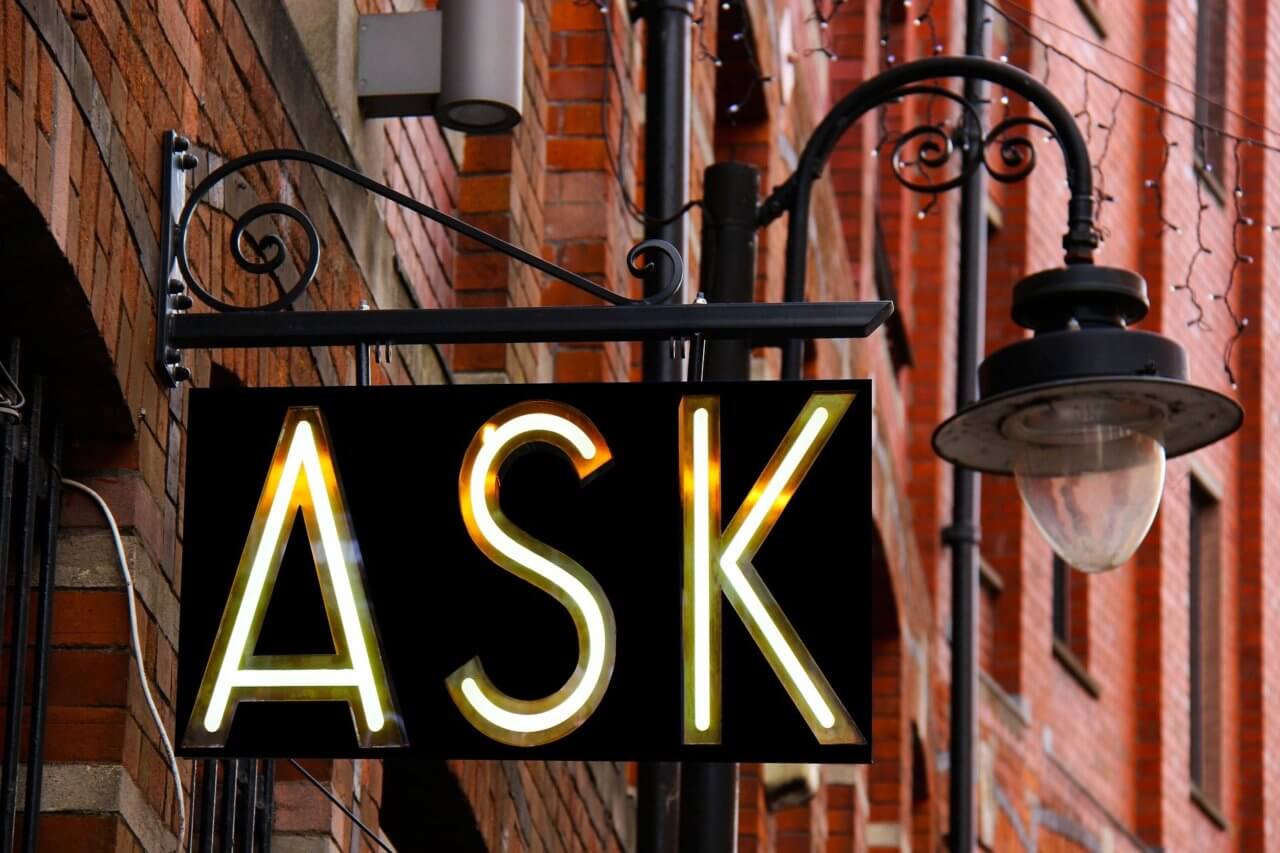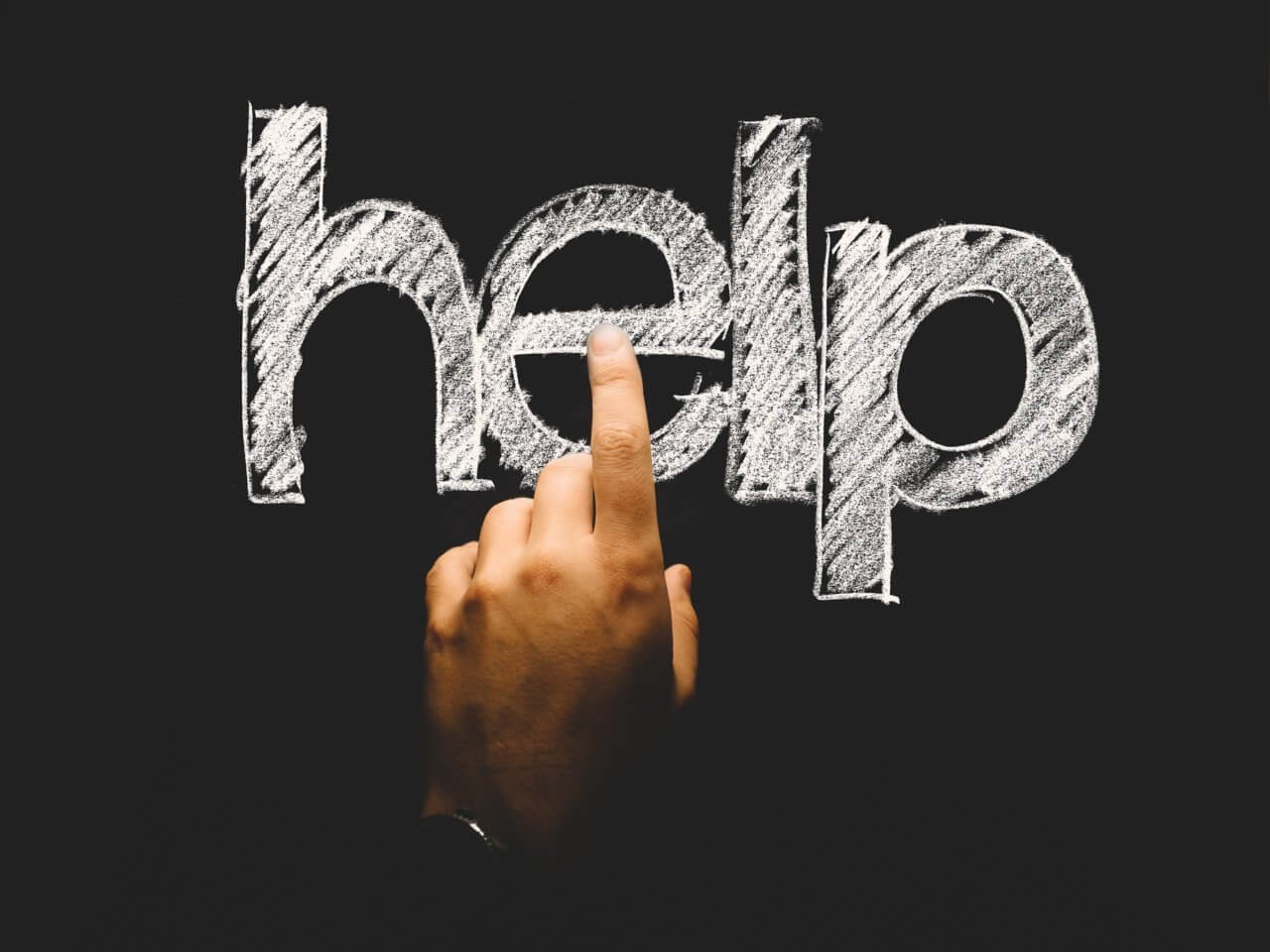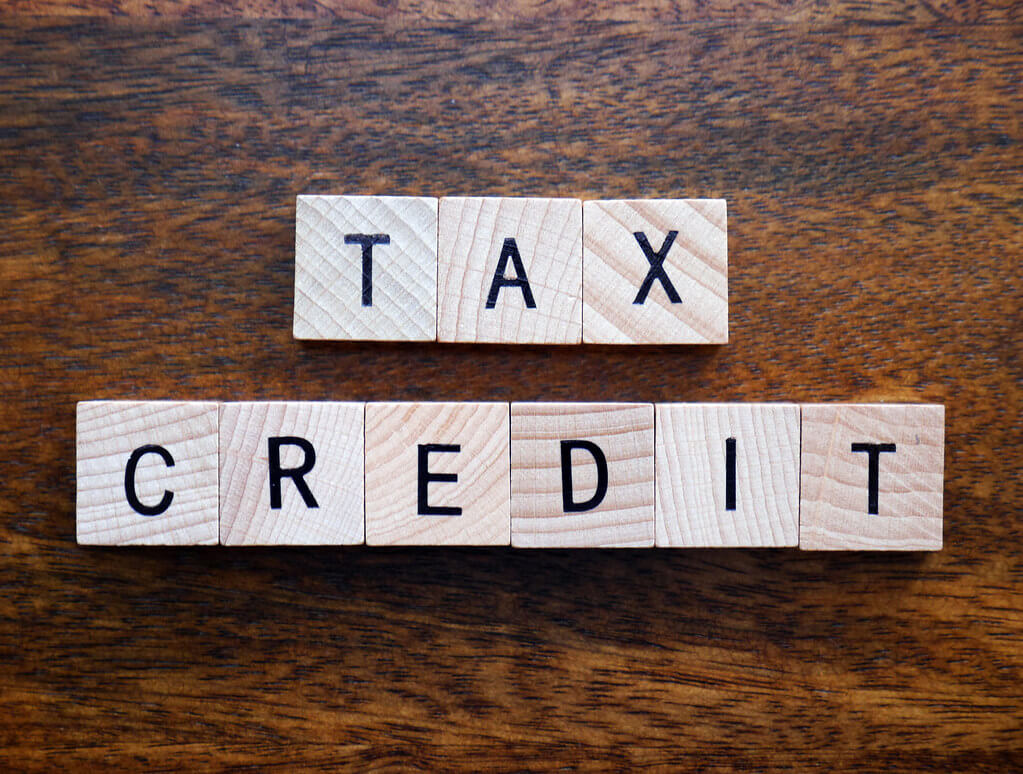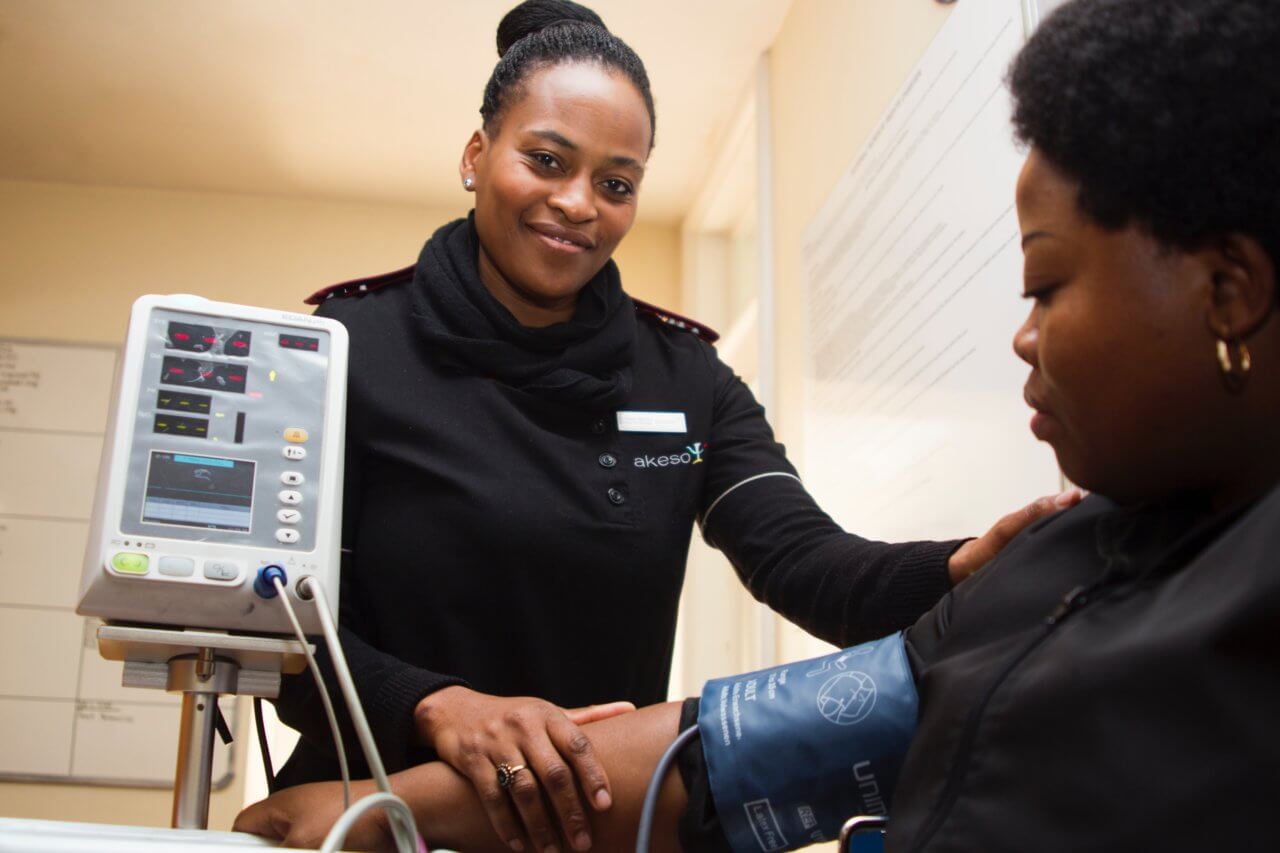These FAQs were generated in the May 14, 2020, webinar: PPP Forgiveness & Employment Update Webinar for Business Owners.
COVID-19 Archives - Page 4 of 5 - GG Advisors LLC
The IRS has provided guidance on how loan forgiveness will work for the $659 billion in Paycheck Protection Program (PPP) loans from the two allocations made by Congress to the Small Business Administration (SBA).
The Coronavirus Aid, Relief, and Economic Security (CARES) Act signed into law on March 27 provides $349 billion in funding for the Small Business Administration (SBA) in an effort to provide assistance and relief to America’s small businesses struggling under the weight of COVID-19. The Act includes a paycheck protection provision for small businesses by providing additional funding to the SBA for specific areas of need and expanding the SBA’s 7(a) loan program.
On March 27, President Trump signed a historic stimulus bill: the Coronavirus Aid, Relief, and Economic Security (CARES) Act. This legislation’s many provisions provide emergency relief for those suffering financial hardships due to COVID-19 including individuals, businesses, state and local governments, and the health care system. The CARES Act is in addition to the Families First Coronavirus Response Act (FFCRA) which President Trump signed into law on March 18. FFCRA makes substantial changes to sick and family and medical leave for businesses and employees amid the emerging COVID-19 pandemic.
Small businesses are now eligible for up to $2 million in Economic Injury Disaster Loans from the Small Business Administration (SBA). Knowing what to expect before starting the loan process will help prevent unnecessary errors and rework. Completing the application process quickly and accurately will be key as there will be high demand and processing times will likely increase. We’ve put together the following summary of what business owners can expect when applying for an SBA loan.
The Coronavirus Aid, Relief, and Economic Security (CARES) Act signed into law on March 27 provides $349 billion in funding for the Small Business Administration (SBA) in an effort to provide assistance and relief to America’s small businesses struggling under the weight of COVID-19. The Act included a paycheck protection provision for small businesses by providing additional funding to the SBA for specific areas of need and expanding the SBA’s 7(a) loan program.
The Families First Coronavirus Response Act (FFCRA) signed on March 18, 2020, made unprecedented expansions to paid sick and family (childcare) leave provisions in light of the challenges for the American workforce due to COVID-19. The expansions to paid sick and family leave cover employers with up to 500 employees, and tax credits are available for up to 100% of qualifying wages paid.
On March 27 President Trump signed the latest COVID-19 relief bill: Coronavirus Aid, Relief, and Economic Security (CARES) Act. For funding dedicated to taxpayers and businesses, the bill currently includes provisions related to taxes, unemployment, small business loans, and a large business lending program.
In an effort to help consolidate the various pieces of legislation and important information from the Department of Labor (DOL), we’ve created a list of the most frequently asked questions regarding unemployment insurance benefits, the Family and Medical Leave Act (FMLA), and the changes made by the FFCRA and the Fair Labor Standards Act (FLSA).
It was announced on March 20 that Tax Day would be postponed from April 15 to July 15 to coincide with the delayed tax payment deadline at the direction of President Trump. Treasury Secretary Steven Mnuchin announced the postponement via Twitter, stating that all taxpayers and businesses will have until July 15 to file and make payments without interest or penalties. We know you have lots of questions. Below is a summary of the 10 most common questions and the IRS’s response.









